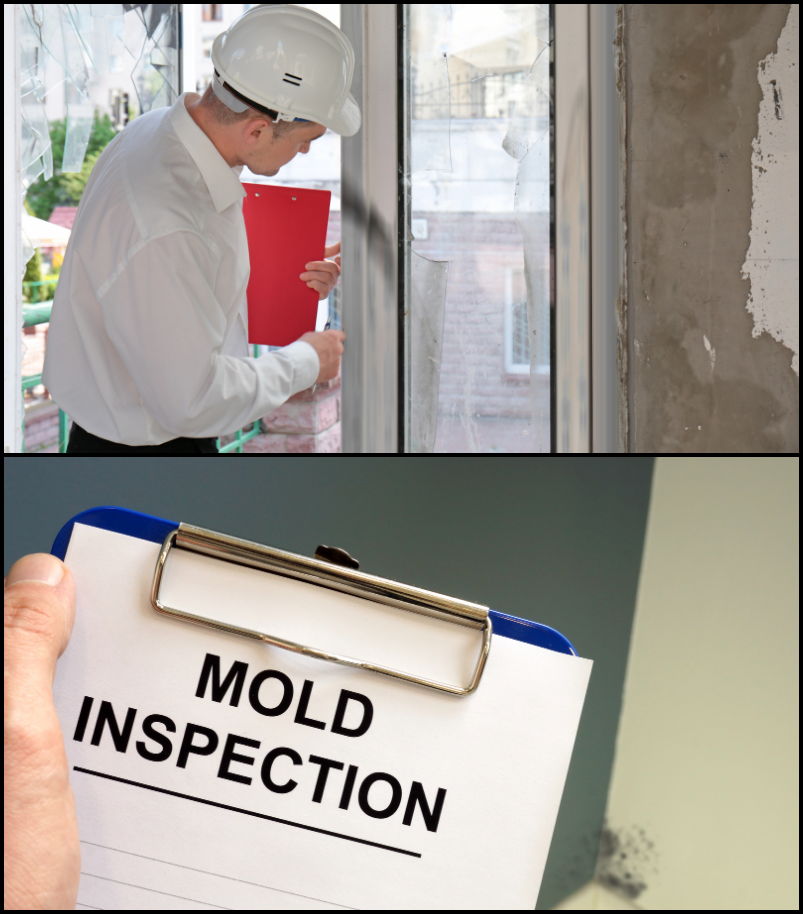Mold Testing in Nissequogue


The Importance of Mold Testing On Long Island
Professional Mold Inspection in Nissequogue
Residential
Commercial
Nissequogue is a picturesque village located along Long Island’s North Shore in Suffolk County, within the Town of Smithtown. Known for its serene environment, lush landscapes, and waterfront beauty, Nissequogue offers a tranquil, upscale lifestyle. The village, with a small population of around 1,700, is characterized by large estates, rolling hills, and expansive views of the Long Island Sound and Nissequogue River. It’s an ideal location for those seeking privacy, natural beauty, and proximity to both nature and amenities. The village's local economy is primarily residential, with few commercial establishments within its borders, allowing Nissequogue to maintain its peaceful and secluded ambiance. However, residents have easy access to nearby Smithtown for shopping, dining, and entertainment options. The lack of large commercial areas helps preserve the village’s tranquil and exclusive feel.
One of Nissequogue’s biggest draws is its abundance of outdoor recreational opportunities. The village is home to several parks and nature preserves, including the David Weld Sanctuary, a protected area offering walking trails, birdwatching, and breathtaking views of the Long Island Sound. The Nissequogue River also provides opportunities for kayaking, canoeing, and fishing, making it a popular spot for nature enthusiasts and water sports lovers. In addition, the village has several private beaches along the Sound, offering residents serene spots to relax by the water. Nissequogue’s climate, like the rest of Long Island, features warm summers and cold winters. Its waterfront location moderates the extremes, making it an enjoyable place to live year-round. The changing seasons provide residents with a variety of outdoor activities, from summer boating to winter hikes through the village’s scenic landscapes.
Our Mold Testing Services in Nissequogue
Our testing and inspection process includes the following steps:
Visual Mold Inspection:
Identifying any visible signs of mold growth.
Air Quality Testing:
Detecting mold spores in the air to assess indoor air quality.
Surface Testing:
Collecting samples from surfaces to confirm mold presence.
Moisture Mapping:
Pinpointing areas of potential water damage that may lead to mold growth.
Why Choose Long Island Mold Testing
Certified and Experienced
Local Experts
Fast & Reliable Service
Health-Focused Approach
FAQs
1. What is mold testing?
Mold testing involves inspecting a property for the presence of mold by collecting air or surface samples and analyzing them in a laboratory to determine if harmful mold is present and at what levels.
2. Why is mold testing important?
Mold testing helps identify hidden mold growth that can cause health issues, property damage, and decreased indoor air quality. It allows homeowners to take prompt action to remove mold and prevent further problems.
3. How do I know if I need mold testing?
If you notice visible mold, experience a musty odor, or suspect water damage (e.g., from flooding or leaks), mold testing is recommended. It’s also a good idea after purchasing a home, following major storms, or if household members experience unexplained health issues.
4. What types of mold are commonly found in homes?
Some common molds found in homes include Stachybotrys (black mold), Penicillium, Aspergillus, and Cladosporium. Testing can determine the specific types of mold present and assess the risks they may pose.
5. How is mold testing performed?
Mold testing typically involves collecting samples from the air, surfaces, or materials in your home. These samples are then analyzed in a lab to identify the types of mold present and their concentrations.
6. How long does mold testing take?
The actual testing process usually takes a few hours, but receiving lab results can take anywhere from 24 hours to a few days, depending on the type of testing and the laboratory used.
7. How much does mold testing cost?
The cost of mold testing varies depending on the size of the property, the extent of testing required, and the types of tests performed. Prices typically range from $300 to $600, but more comprehensive testing can cost more.
8. What should I do if mold is detected in my home?
If mold is found, you should contact a professional mold remediation company to safely remove it. It’s important to address the underlying cause of the mold (such as water leaks or high humidity) to prevent future growth.
9. Can I test for mold myself?
There are DIY mold testing kits available, but they may not be as reliable as professional testing. Professional mold inspectors are trained to locate hidden mold and provide more accurate assessments of the extent of the issue.
10. How can I prevent mold growth in my home?
To prevent mold growth, control indoor humidity levels, repair leaks promptly, ensure proper ventilation (especially in bathrooms and kitchens), and clean and dry areas affected by water damage as soon as possible.
11. Is all mold dangerous?
Not all mold is harmful, but certain types of mold can cause health issues, especially for individuals with allergies, asthma, or weakened immune systems. Professional testing can help determine if the mold in your home poses a risk.
12. How often should mold testing be done?
Mold testing should be done after water damage, if mold is visibly present, when moving into a new home, or if you notice unexplained health symptoms. Otherwise, periodic testing every few years can ensure your indoor air quality remains safe.